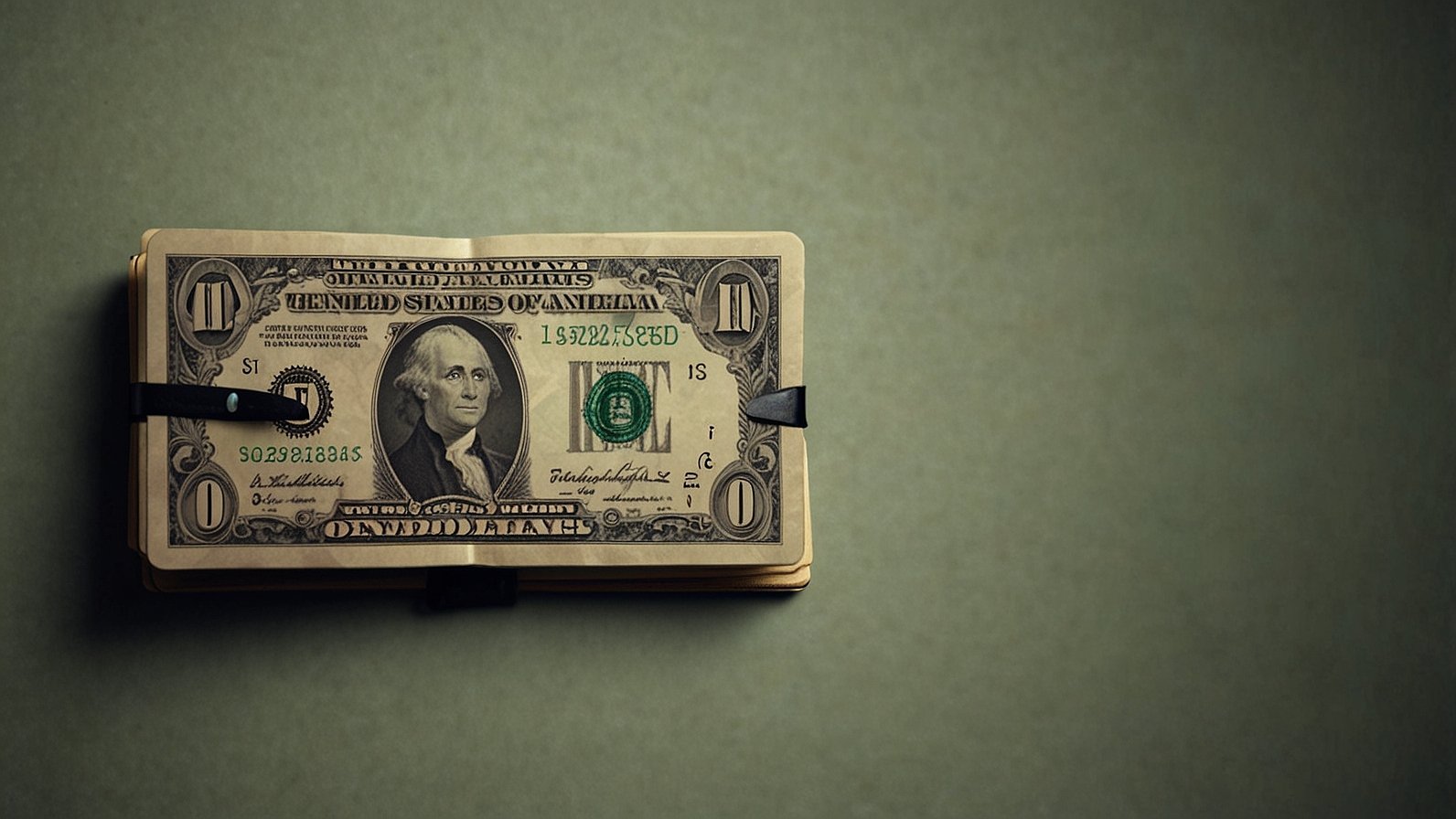You’ve found it. The perfect YouTube video—maybe it’s a rare live version of your favorite song, a podcast episode you don’t want to forget, or a calming soundscape perfect for focus. You want to listen to it on your commute, at the gym, or just without burning through your data plan. So, you open a search engine and type those familiar words: youtube or mp3. Sound familiar? You’re not alone. This guide is your definitive resource for doing it safely, smartly, and with the best results.
Beyond the Video: Why the “YouTube to MP3” Search is So Popular
Why do millions of people look for ways to extract audio from YouTube every day? It boils down to a simple, human desire: convenience. We live in an on-the-go world, and sometimes video is just… extra.
Think of it like recording a song from the radio onto a cassette tape for your Walkman—it’s about convenience and personal control in a streaming world. Here’s a closer look at the reasons:
- Portability: Listen to your audio files on any device, including MP3 players, smart speakers, or in cars that don’t have smartphone integration.
- Data and Battery Saving: Audio files are tiny compared to video, saving your mobile data and your phone’s battery life.
- Personal Playlists: Curate custom mixes that include music, lectures, and ambient sounds that streaming services can’t replicate.
- Audio-Only Content: Many use it to save educational lectures, insightful interviews, or other talk-based content for later listening.
- Ad-Free Listening: Once converted, you can listen without YouTube’s pre-roll ads interrupting your flow.
The Legal Landscape: Is Converting YouTube to MP3 Okay?
Let’s address the elephant in the room. Is this even legal? The answer isn’t a simple yes or no; it lives in a gray area defined by copyright law and “fair use.”
In most countries, copyright law protects creative works like songs and music videos. Companies like Warner Music Group and Sony vigorously defend these rights. Downloading a copyrighted song without permission for distribution or commercial use is unequivocally illegal.
However, the concept of “fair use” provides some wiggle room for personal, non-commercial use. Converting a public domain lecture, a creative commons soundtrack, or a video you created yourself is generally considered acceptable. The key is intent and ownership.
Ethical Best Practice: Ask yourself, “Do I have the rights to this content?” If you’re downloading the latest chart-topping hit, you’re likely infringing on copyright. If you’re saving a recording of your own wedding video, you’re in the clear.
Your Toolkit: A 2024 Guide to YouTube MP3 Converters
So, you’ve decided to proceed for a legitimate purpose. What are your options? The table below breaks down the three main paths you can take, helping you pick the right tool for the job.
| Method | Best For | Pros | Cons |
|---|---|---|---|
| Online Converters (e.g., Ontiva, YTMP3) | Quick, one-off conversions. Users who don’t want to install software. | – Super convenient; no installation needed. – Works on any device with a browser. – Usually free. | – Often has file size and conversion limits. – Can be slower due to server queues. – Higher risk of intrusive ads and pop-ups. |
| Desktop Software (e.g., 4K Video Downloader, Audacity) | Power users who convert frequently and value quality and safety. | – Faster conversions and higher quality options. – No internet needed after installation. – Generally more private and secure. | – Requires downloading and installing software. – Takes up space on your computer. – The best features are sometimes paid. |
| Browser Extensions (e.g., add-ons for Chrome/Firefox) | Users who want to convert directly from the YouTube page. | – Extremely integrated and convenient. – Often adds a simple “download” button below the video. | – Can pose a security risk if from an untrusted source. – May slow down your browser. – Often breaks when YouTube updates its site. |
How to Convert YouTube to MP3: A Step-by-Step Walkthrough
Let’s walk through the most common method: using a reputable online converter. It’s like a digital photocopier for sound—you provide the link, and it gives you back an audio file.
- Find Your Video: Navigate to YouTube and copy the URL of the video you want to convert from the address bar.
- Choose a Converter: Pick a well-reviewed online tool from your research.
- Paste the Link: On the converter’s website, paste the YouTube URL into the designated field.
- Select MP3: Choose “MP3” as your output format. Some sites let you select bitrate (quality); 128kbps or 192kbps is standard.
- Convert: Click the “Convert” or “Start” button. The site will process the video.
- Download: Once processing is complete, a “Download” button will appear. Click it to save the MP3 file to your device.
🛡️ Pro Tip: Always look for the ‘https://’ in the URL for a secure connection. Furthermore, be wary of sites that flash too many deceptive “DOWNLOAD NOW” buttons or try to open new tabs.
Quality and Safety: What Most Guides Won’t Tell You
Remember the once-dominant site YouTube-mp3.org? It was famously shut down after legal pressure from the music industry. This is a powerful lesson: using fly-by-night tools can be risky, both legally and for your device’s security.
Here’s the lowdown on what you’re really risking:
- Malware: Many shady sites bundle adware, spyware, or even viruses with their downloaders or software.
- Intrusive Ads: You might be bombarded with pop-ups, redirects, and misleading buttons.
- Poor Quality: The audio bitrate is key. A low-bitrate MP3 (like 96kbps) from a low-quality source will sound tinny and compressed, especially on good speakers.
Your Safety Checklist:
- Use an ad-blocker to avoid malicious pop-ups.
- Ensure your antivirus software is active and up-to-date.
- Read user reviews and forum discussions before trusting a new tool.
The Expert’s Choice: Beyond Basic MP3s
For those who want more control, there’s a world beyond a simple click. Tools like Audacity, a free and open-source audio editor, are the expert’s choice. Why? You can use it to record your computer’s audio output directly, giving you pristine quality.
This method also lets you edit the audio (trim silence, normalize volume) and save it in higher-quality, lossless formats like WAV or FLAC. It’s a bit more hands-on, but for audiophiles and purists, it’s unbeatable.
Your Next Steps
You’re now equipped with the knowledge to convert YouTube to MP3 like a pro. Here are your next steps:
- Bookmark one of the recommended tools from our comparison table that fits your needs.
- Identify a non-copyrighted YouTube video (like a copyright-free soundscape or a personal vlog) for your first test conversion.
- Always prioritize safety by double-checking website reputations before you click.
With so many options available, which method are you most excited to try first?
You May Also Read: Geekzilla Tio Geek: Your Ultimate Guide to the Spanish-Speaking Geek Hub
FAQs
Is it illegal to convert a YouTube video to MP3?
It’s a legal gray area. Downloading copyrighted content (like most music) for personal use is often a breach of terms of service, while distributing it is illegal. However, downloading content you own or that is in the public domain is generally acceptable.
What is the best YouTube to MP3 converter?
There is no single “best” converter for everyone. The ideal choice depends on your needs for speed, quality, and safety. Refer to our comparison table to find the right tool for you.
Can I get a virus from these converter sites?
Yes, it is a risk. Shady sites often host malware disguised as download buttons or software. Always use reputable sites, have active antivirus protection, and be cautious of deceptive ads.
Why is the audio quality of my MP3 so poor?
The quality is limited by the source video’s audio. If you convert a low-quality video, you’ll get a low-quality MP3. Also, some converters use low bitrates (like 96kbps) to create smaller files, which reduces sound fidelity.
Are there any ways to download audio from YouTube without a third-party tool?
Yes, but with a caveat. A YouTube Premium subscription allows you to download videos for offline playback within the official YouTube app. However, these are not standalone MP3 files and can only be played through the YouTube app.
What’s the difference between an online converter and desktop software?
Online converters are convenient and require no installation but often have limits and rely on an internet connection. Desktop software is more powerful, private, and faster but requires you to download and install a program on your computer.










